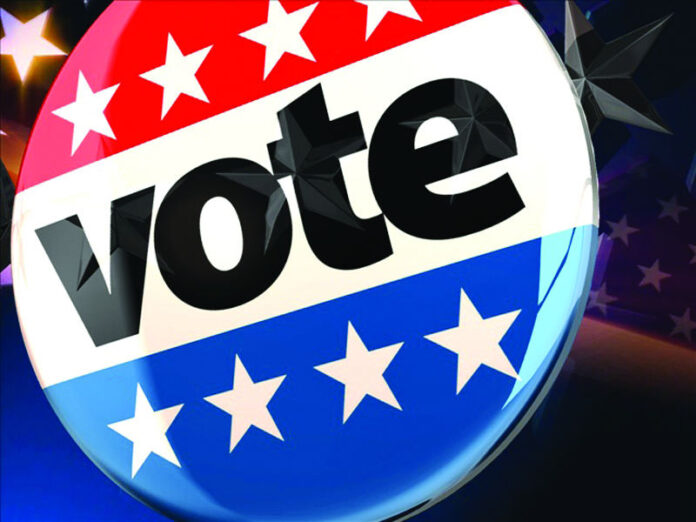HARLINGEN — For decades, the Rio Grande Valley has turned out among the lowest numbers of voters in Texas.
The May 5 election cycle underscored the trend that often leads small groups of politicos to run local governments.
“Historically, we have been behind the rest of the state in turnout,” Remi Garza, Cameron County’s elections administrator, said yesterday.
In Harlingen, 1,930 voters cast ballots to decide city commission races in Districts 3, 4 and 5.
That means 9.13 percent of the three districts’ 21,131 registered voters went to the polls.
“We experienced, once again, a real small percentage of turnout,” Albert Morales, coordinator of the Advocacy Alliance Center of Texas, or AACT, said yesterday.
In Harlingen, voter apathy in the election may have led incumbents Ruben De La Rosa, Michael Mezmar and Victor Leal to victory, at least according to Morales’ theory.
“It helps incumbents and we don’t see much of a change in terms of new people in those seats so we get the status quo,” Morales said.
Efforts to change the trend
For about six years, AACT has worked to register voters across the Valley.
So far, the organization has scored some success.
In the 2016 presidential election, 52 percent of the Valley’s registered voters cast ballots while the national turnout reached 58.4 percent.
Locally, that was up from 42 percent in the 2008 presidential election, Morales said.
What about local races?
But voter turnout in the Valley’s local races remains among the lowest in Texas.
“City and school board races are not as visible,” Morales said. “They’re not as publicized as presidential and statewide races. A lot of people don’t even know there’s an election.”
Recent decades have not rid the region of its deep-rooted voter apathy, said Anthony Knopp, a historian who serves as professor emeritus at the University of Texas Rio Grande Valley.
“I think there’s a continuous attitude of apathy,” Knopp said. “Conditions are not so bad that people feel like grabbing the torches and running through the streets. There’s a feeling that there’s nothing I can do — that I can live with it.”
However, he said, a more competitive two-party system could boost voter turnout in the region largely dominated by the Democratic Party.
For decades, political scientists have cited income and educational levels along with ethnicity and age as factors driving voter turnout.
What are the problems?
In the Valley, Knopp has studied the phenomenon as it affects local communities.
Many residents here do not understand the importance of voting in local school board elections, Knopp said.
“We have a relatively non-competitive system for many offices,” he said, referring to local races. “A lot of people don’t see them as relevant to their lives, such as school boards, unless you have a child in school.”
Knopp said many Valley residents are out of touch with the political system.
Others, he said, feel marginalized.
“They believe the system is controlled and we’re not going to see any changes,” Knopp said. “The belief is that a number of votes are controlled.”
Historically, many low-income residents have shied away from voting.
“Low-income areas have low participation,” he said.
Other factors
Meanwhile, he said, many former residents of Mexico have been left politically disengaged as a result of the Mexican system many feel favors the wealthy.
“The people influenced by Mexico may feel the political system doesn’t work for them,” Knopp said. “That’s a carry-over from Mexico. In many cases, they feel it was not responsive.”
“We have a lot of people not tuned into public affairs,” he said.
Registered Voters: 201,898
ELECTIONS EMPLOYEES: 156
POLLING PLACES: 27
Harlingen TURNOUT SCHOOL election: 6.39 PERCENT
Harlingen TURNOUT City election: 9.1 PERCENT
STATE TURNOUT PRESIDENTIAL ELECTION: 50-60 PERCENT
STATE TURNOUT MIDTERM ELECTION: 34.6 PERCENT





